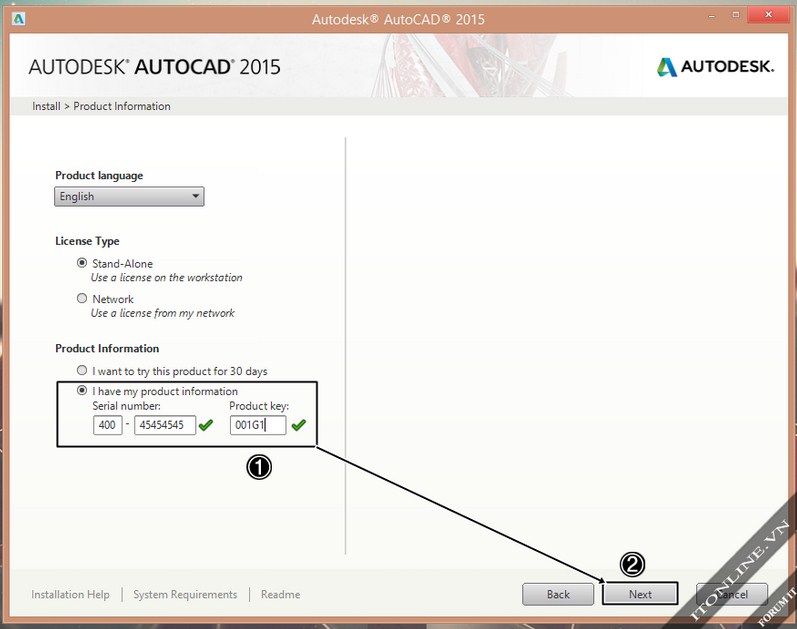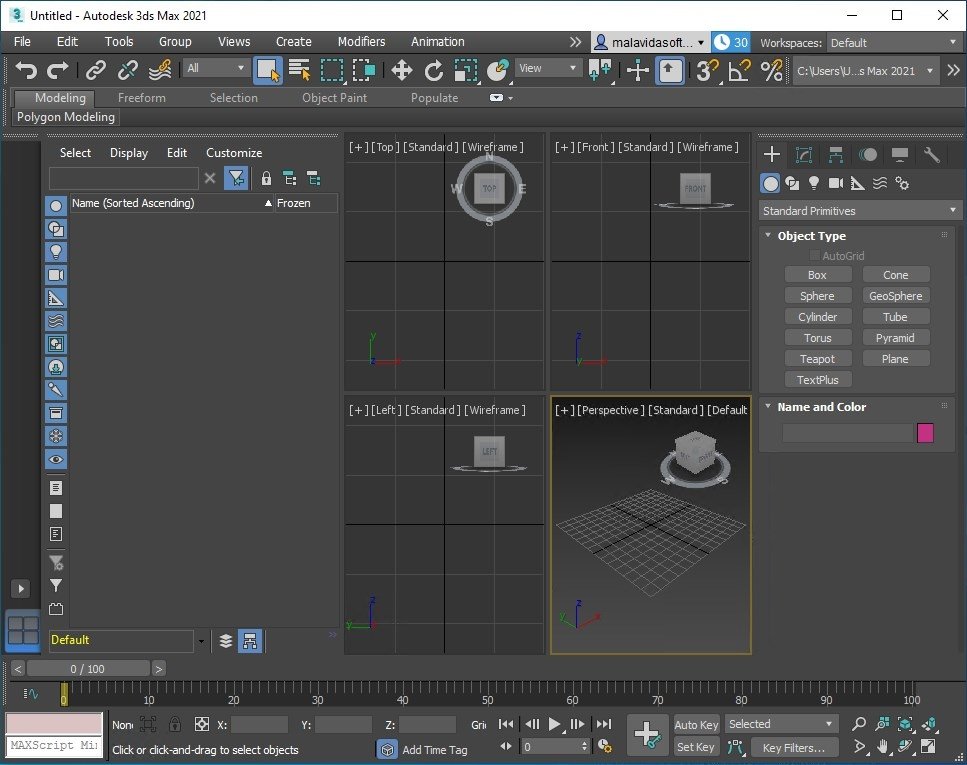


Though not a successful program at the time, it included many of the features that would later become part of AutoCAD. The history of AutoCAD begins in the late 1970s when programmer Mike Riddle created Interact CAD. How can I get AutoCAD for free as a student?.Want to learn how? Read on for the full details. However, depending on your requirements, it is also possible to get AutoCAD for free. The subscription cost for AutoCAD, which is one of Autodesk’s products, ranges between $175 per month and $4,252.50 3-years subscription, which is definitely not cheap but given the value that users get from the software, thousands of users worldwide find it worth the investment. Much like many other software developers Autodesk has now phased out perpetual licenses for all its products, leaving customers with subscription options only. However, the product’s great functionality requires an investment. It’s no wonder, therefore, that AutoCAD is in such high demand. Today, AutoCAD is not only the flagship product of its parent company, Autodesk but is the most widely used CAD software in the world. Originally created for mechanical engineering, AutoCAD has dramatically expanded its reach to incorporate practically every branch of design, with industry-specific “flavors” being added with the launch of AutoCAD 2017. Note: This app uses a custom installer (and not the standard App Store installer).It’s been 35 years since the launch of AutoCAD in 1982, and in that time, the program has gone from strength to strength. This limitation is removed in the licensed version.

Note: The trial version is limited to a maximum selection of 10 objects for processing at any one time. There is no need to purchase or register for a trial key. After that the product will need to be registered. The software is fully functional but limited to 30 days or 30 Uses, whichever comes first. The trial version of this software has a time-limit\usage evaluation period.

We are continually improving this software with more features to come soon! Use Polyhedral Mesh to Solid to optimize your Mesh for 3D Printing! Polyhedral Mesh to Solid has also been optimized to convert Tekla Structures models to ACIS Solids! Polyhedral Mesh to Solid can also be used to split a mesh into its component shells if desired, producing a separate 3D solid of each shell within a single mesh. Polyhedral Mesh to Solid’s conversion method optimizes the mesh to reduce tessellation and removes unseen faces, producing a more visually clean solid without affecting the accuracy of the geometry. These are common problems when working with a mesh imported from other sources. Polyhedral Mesh to Solid is for hard to convert Mesh or Polyface Mesh objects, which won’t convert to 3D Solids because of self-intersecting faces, T-Junctions, gaps, inverted normals, etc.


 0 kommentar(er)
0 kommentar(er)
